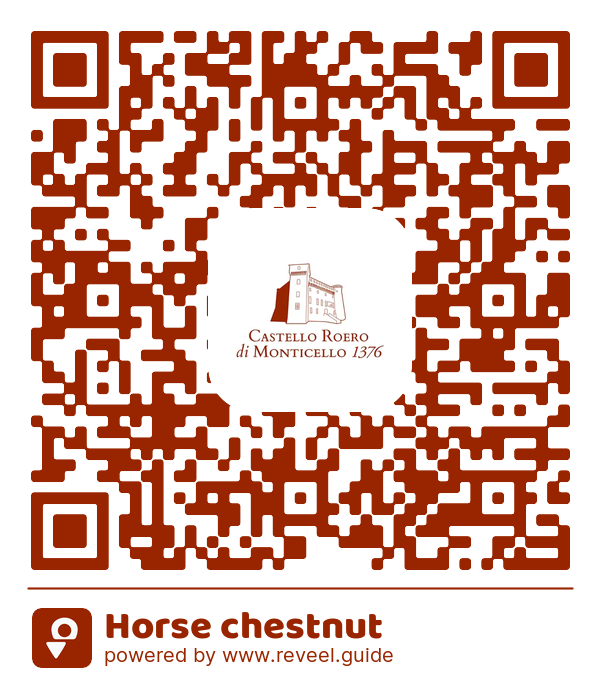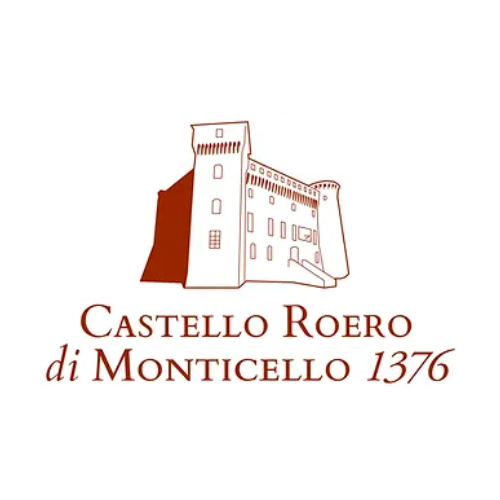Horse chestnut


Horse chestnut
Aesculus hippocastanum L. – Family Hippocastanaceae
General Characteristics
A deciduous tree reaching up to 35 meters in height, with brownish-gray bark and a dense, rounded crown. The leaves are deciduous, opposite, palmately compound, divided into 5 (7) segments up to 20 cm long, with a doubly serrated margin and an acuminate tip.
The flowers are zygomorphic, pentamerous, grouped in erect racemes; they have white petals with a yellow or pink spot at the base.
The fruits are spherical capsules 5 cm in diameter, which open into three valves; they contain 1-3 shiny, flattened achenes.
USES
A yellow dye is obtained from the bark.
CURIOSITIES
The ground seeds were used to treat respiratory problems in horses.
ORIGIN AND DISTRIBUTION
A wild species native to the southern Balkans, Moravia, and the Caucasus. It was introduced to Italy in 1557 by Mattioli.

